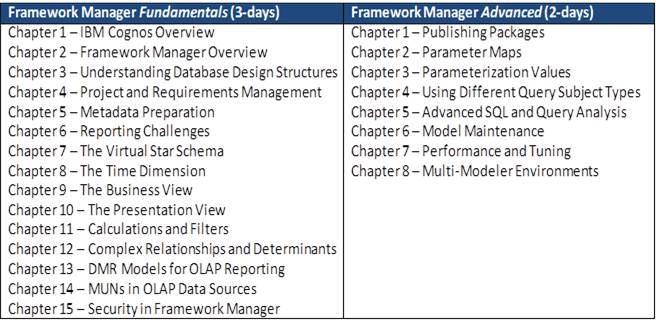Tag Archive for: IBM Cognos
https://www.ironsidegroup.com/wp-content/uploads/2014/05/Ring-Binders-Resized.jpg
350
750
Ironside Group
https://www.ironsidegroup.com/wp-content/uploads/2018/03/logo-with-words.png
Ironside Group2014-05-20 18:08:592019-01-22 11:41:51Ironside Tech Tip: Best Practices for Documenting Report Studio Reports
https://www.ironsidegroup.com/wp-content/uploads/2014/05/Gantt-Chart-Resized.jpg
350
750
Geoff Speare
https://www.ironsidegroup.com/wp-content/uploads/2018/03/logo-with-words.png
Geoff Speare2014-05-05 16:23:202019-01-22 13:24:15Gantt Charts Using Cognos 10.2.1 RAVE Technology
https://www.ironsidegroup.com/wp-content/uploads/2014/04/Bridge-Frame-Resized.jpg
350
750
Ironside Group
https://www.ironsidegroup.com/wp-content/uploads/2018/03/logo-with-words.png
Ironside Group2014-04-14 14:05:252019-01-22 11:07:30New Ironside IBM Cognos Framework Manager Curriculum Now Available
https://www.ironsidegroup.com/wp-content/uploads/2014/03/Sand-Blending-Resized.jpg
350
750
Susan Ma
https://www.ironsidegroup.com/wp-content/uploads/2018/03/logo-with-words.png
Susan Ma2014-03-31 14:58:392019-01-22 11:41:29Ironside Tech Tip: Integrate Salesforce.com with IBM Cognos
https://www.ironsidegroup.com/wp-content/uploads/2014/03/Writing-Script-Resized.jpg
350
750
Ursula Woodruff-Harris
https://www.ironsidegroup.com/wp-content/uploads/2018/03/logo-with-words.png
Ursula Woodruff-Harris2014-03-31 14:04:382019-01-22 11:41:34Ironside Tech Tip: Change Transformer File and Server Locations Using an MDL Script
https://www.ironsidegroup.com/wp-content/uploads/2014/03/Bird-Migration-Resized.jpg
350
750
Ironside Group
https://www.ironsidegroup.com/wp-content/uploads/2018/03/logo-with-words.png
Ironside Group2014-03-31 11:58:252019-01-22 11:54:55Why Migrate from IBM Cognos Planning to TM1?
https://www.ironsidegroup.com/wp-content/uploads/2014/03/Stopwatch-Resized.jpg
350
750
Ironside Group
https://www.ironsidegroup.com/wp-content/uploads/2018/03/logo-with-words.png
Ironside Group2014-03-03 14:20:352018-07-16 10:34:39Improving Performance by Using TIs vs Rules when Developing TM1 Planning Models
https://www.ironsidegroup.com/wp-content/uploads/2014/02/Bodyguard-Resized.jpg
350
750
Ironside Group
https://www.ironsidegroup.com/wp-content/uploads/2018/03/logo-with-words.png
Ironside Group2014-02-03 19:18:092019-01-22 11:55:31Enhanced Security in IBM Cognos BI 10.2.1 Dynamic Cubes
https://www.ironsidegroup.com/wp-content/uploads/2016/07/Assembling-Cubes-Resized.jpg
350
750
Ironside Group
https://www.ironsidegroup.com/wp-content/uploads/2018/03/logo-with-words.png
Ironside Group2014-02-03 15:53:132019-01-22 11:55:50IBM Cognos Dynamic Cubes for Existing PowerPlay Customers
https://www.ironsidegroup.com/wp-content/uploads/2014/01/Microsoft-on-Phone-Resized.jpg
350
750
Ironside Group
https://www.ironsidegroup.com/wp-content/uploads/2018/03/logo-with-words.png
Ironside Group2014-01-06 17:58:372019-01-22 11:41:45Ironside Tech Tip: Working with IBM Cognos BI and Microsoft Office




